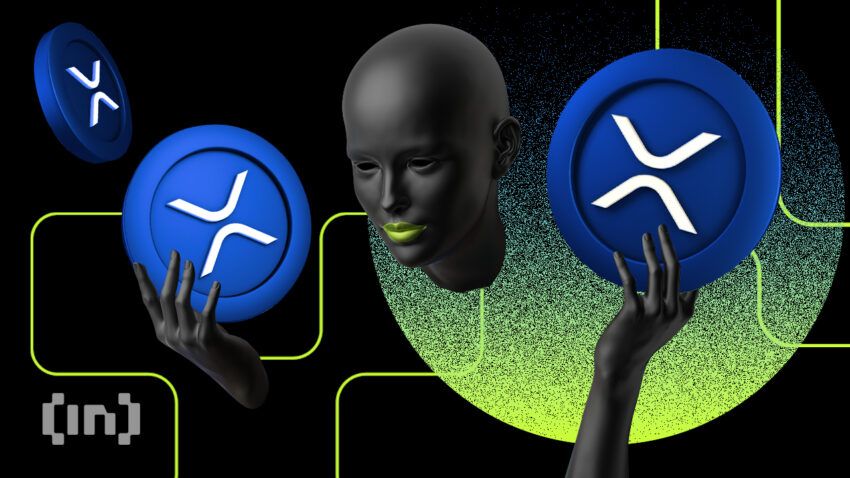Peersyst and Ripple Labs have launched an XRP Ledger Ethereum Virtual Machine (EVM)-compatible sidechain on the XRPL Devnet.
This new chain will allow Solidity developers to build on XRPL, taking advantage of XRPL’s low transaction costs, speed, and environmental benefits.
Developers can test XRP transfers
Peersyst is also launching a cross-chain bridge between the XRPL Devnet and an EVM sidechain. Together, these two modules will help to test the transfer of Devnet XRP between the sidechain and the main XRP Ledger. It will also allow Solidity developers to expose their decentralized applications to users of the XRPL Devnet.
A devnet is usually a replication of the main blockchain, or mainnet, where developers can test their applications with minimal risk. It generally uses a form of the mainnet cryptocurrency with little to no value and demands lower computational power to validate transactions.
Developers wishing to experiment with the new sidechain can connect XUMM, a self-custodial crypto wallet designed for the XRP ecosystem, to the XRPL Devnet and then connect their MetaMask wallet to the EVM sidechain. After that, developers can test the exchange of XRP from the devnet with the sidechain.
Risks and benefits of the XRP’s EVM-sidechain
The sidechain and the bridge are phase one of a three-phase project that will culminate in a permissionless EVM sidechain and bridge on XRPL’s mainnet. Ripple Labs CTO David Schwartz introduced the idea of launching the sidechain.
Sidechains are independent blockchains that have their own consensus mechanisms and block parameters. EVM-compatible sidechains allow developers to deploy Solidity smart contracts as if the sidechain were a mainnet. Significant tradeoff developers face is that sidechains are responsible for their security, which, if breached, could compromise users of their applications.
A sidechain differs notably from a layer-two scaling solution like Arbitrum since it does not send transaction data back to the Ethereum mainnet.
The Ethereum Virtual Machine is responsible for handling the deployment and execution of smart contracts. Smart contracts are immutable computer programs, most commonly written in a high-level programming language like Solidity and deployed on the Ethereum network through a “contract creation” transaction. To run on the EVM, smart contracts must first be “compiled,” a process that converts the high-level language into a language that the EVM can understand. Smart contracts are only executed if a transaction invokes them.
Peersyst and XRPL have a storied past
Peersyst, a company specializing in helping other organizations integrate blockchain technology, recently partnered with Ripple Labs to help tokenize Colombian land deeds. The project was put on hold following the election of a new political regime. Under the older administration, Peersyst would have added the title deed of a piece of land, together with other relevant documents, to create a public certificate that would live on the XRP Ledger. A public certificate would have contained a link to the project.
The Barcelona-based company has also created XRP Stamp to notarize any computer file using its digital fingerprint stored on the XRP Ledger. The file is stored in the Interplanetary File System and benefits from the immutability of the XRPL blockchain.
Since Dec. 2020, Ripple Labs has been locked in a legal tussle with the U.S. Securities and Exchange Commission over whether the company and two executives benefited from the sale of XRP, which the SEC claims were unregistered security.
For Be[In]Crypto’s latest Bitcoin (BTC) analysis, click here
Disclaimer
In adherence to the Trust Project guidelines, BeInCrypto is committed to unbiased, transparent reporting. This news article aims to provide accurate, timely information. However, readers are advised to verify facts independently and consult with a professional before making any decisions based on this content. Please note that our Terms and Conditions, Privacy Policy, and Disclaimers have been updated.



